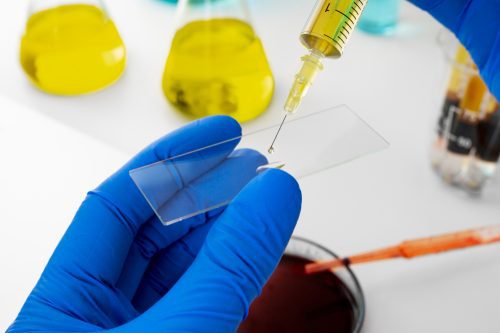
Comet Assay to Study Antimutagenic Activity of Different Compounds
Decoding DNA Protection: Explore the Power of Antimutagenic Compounds
The “Comet Assay to Study Antimutagenic Activity of Different Compounds” program is designed to provide a deep dive into the comet assay (single cell gel electrophoresis), a versatile and sensitive technique for measuring DNA damage and repair. Participants will learn the foundational principles and step-by-step methodologies of conducting comet assays, as well as how to interpret and utilize the results in practical and research settings.
Aim: This program aims to equip participants with the skills to conduct comet assays to evaluate the antimutagenic properties of various compounds. It focuses on understanding the interaction between these compounds and DNA, methods to mitigate genetic damage, and the implications for cancer research and environmental science.
Program Objectives:
- Master the comet assay technique for detecting DNA damage.
- Understand the principles of antimutagenic activity and its measurement.
- Develop skills to analyze and interpret assay data effectively.
- Explore the use of comet assay in various applied sciences including toxicology and pharmacology.
- Learn about current trends and future directions in genetic damage prevention.
What you will learn?
Modues 1: Introduction to Comet Assay
What is Comet Assay?
Applications of Comet Assay
The Principle of Comet Assay
Why is Comet Assay important?
Theoretical background of Comet Assay
- Protocol for Performing Comet Assay
- Sample preparation
- Electrophoresis
- Visualization and analysis of DNA damage
- Q&A Session
- Analysis of Results of Comet Assay
- Interpretation of Comet Assay data
- Quantification of DNA damage
- Uses of Comet Assay
- How Comet Assay is used in toxicology and genotoxicity studies
- Future applications of Comet Assay
- Modifications or Improvisations of Comet Assay
- Various modifications and improvements to the original Comet Assay protocol
- Advantages and limitations of different modifications
- Q&A Session
Intended For :
- Undergraduate degree in Biology, Biochemistry, Environmental Science, or related fields.
- Professionals in pharmaceutical, biotechnology, or environmental sectors.
- Individuals with an interest in genetic research and its applications in health and safety.
Career Supporting Skills
